Science
Ms Nguyen & Ms Kini

Science
Ms Nguyen & Ms Kini
Seasons: The Foundation students continued to engage in a range of discussions, videos, songs and gestures to explore what happens in Summer, Autumn, Winter and Spring. Students have responded well to Gilgai Plain Primary School’s ‘Explicit Direct Instruction’ model to teaching and learning. They showed their understanding about key things that happen in each season in their Science journals via drawings. Students also completed a colouring sheet by correctly colouring the Autumn leaves. The Foundation students’ next step is to complete learning tasks more independently to further reinforce their knowledge about the four seasons in Australia.


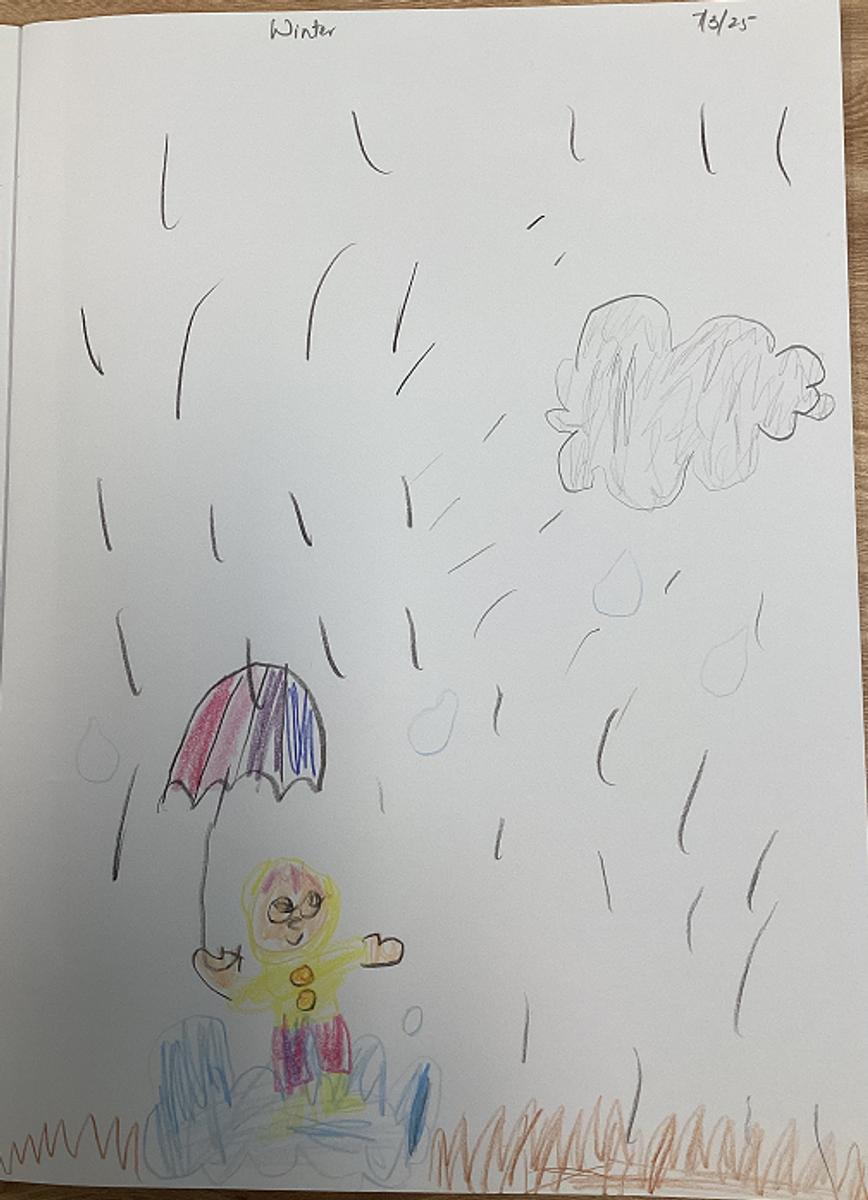

Impact of seasons on human life: The Year 1 students continued to explore the changes in weather between each season in Victoria, Australia. They compared the weather at the start, middle and end of each season, which challenged students to select appropriate clothes, food and drinks, and activities to do. Students were also challenged to explore breathable fabrics and thermal fabrics, including key examples and why people may choose to wear clothes made from particular fabrics ideal for warmer or cooler weathers.
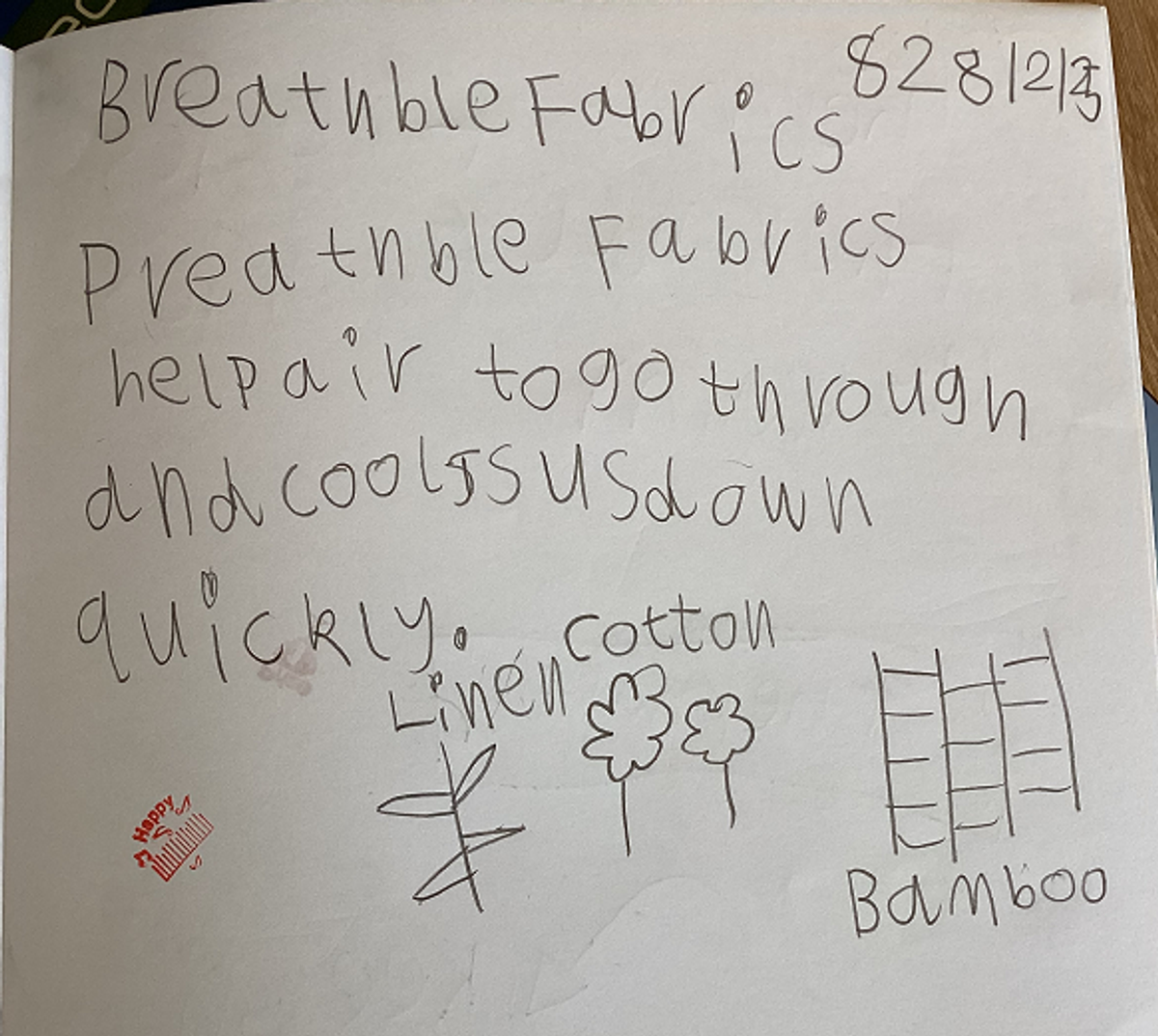

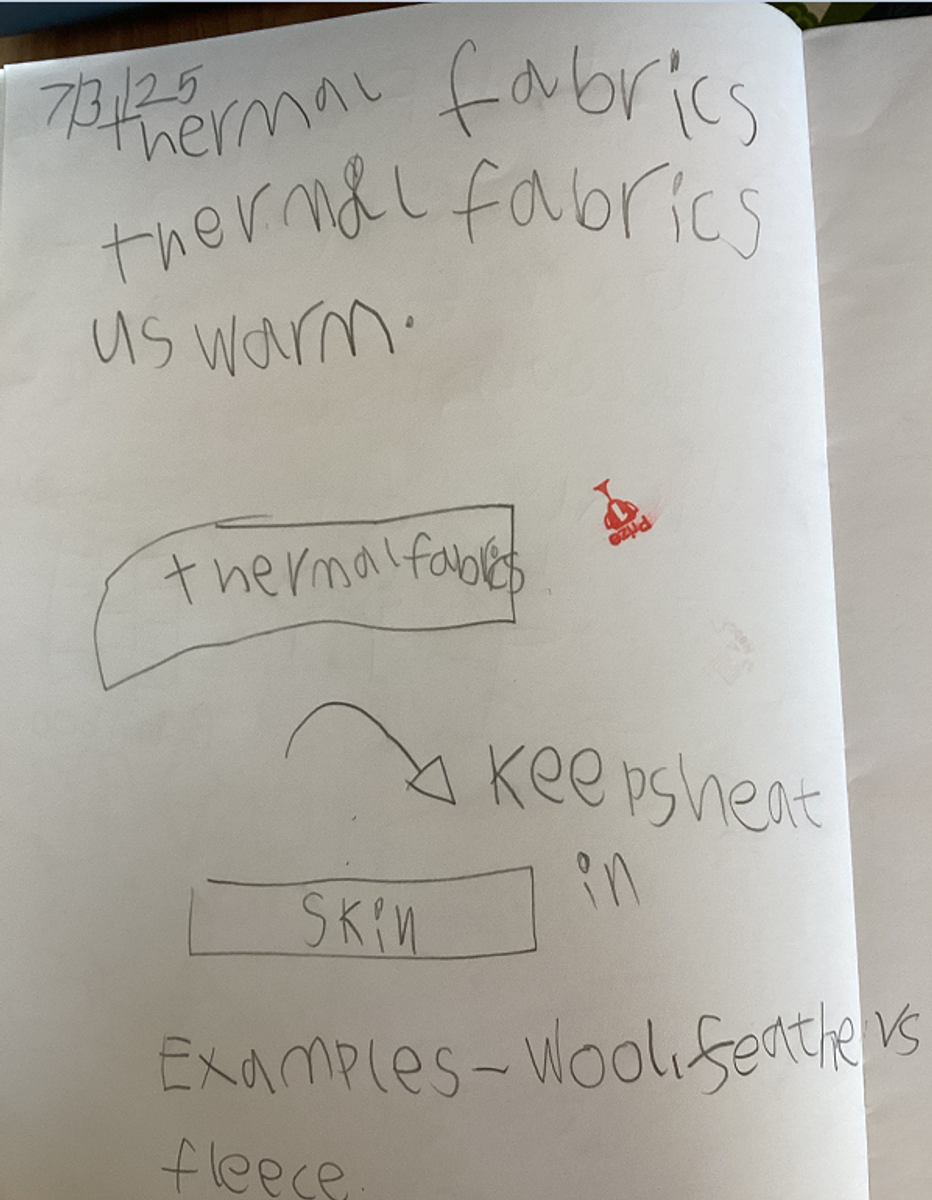

Earth’s Resources: The Year 2 students have been learning to identify the variety of natural resources found on Earth, such as plants, animals, water and below the ground. Students also explored the various processes of the water cycle, sources and uses of water. They drew a map of the school and marked the sources of water that can be found.
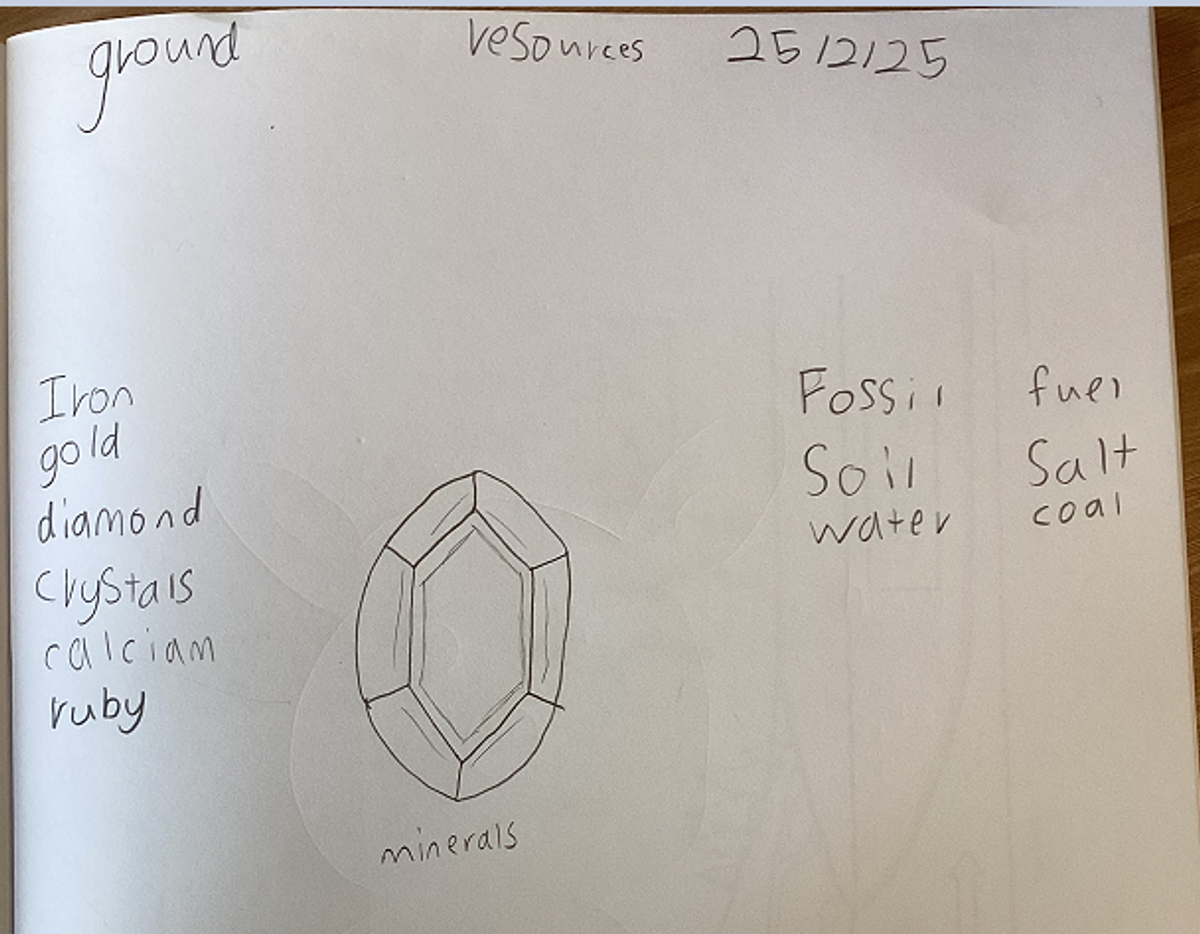

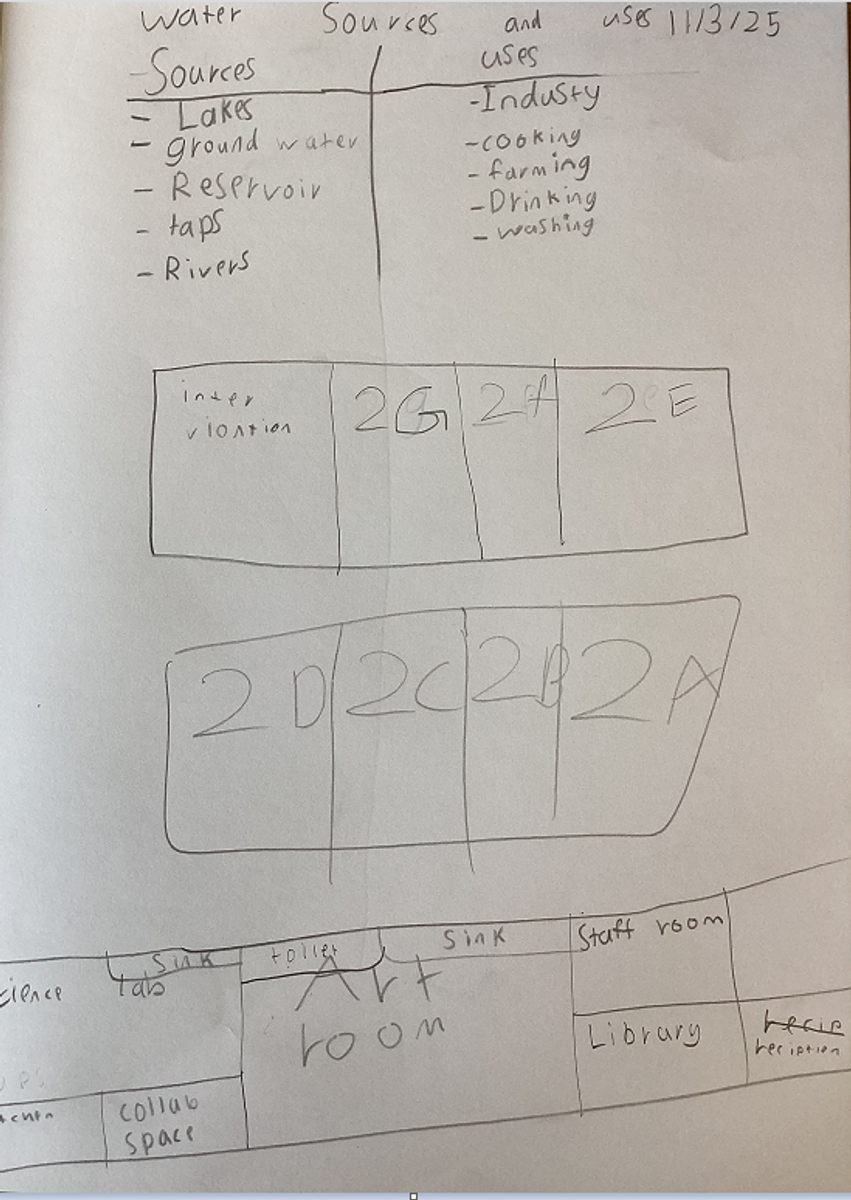

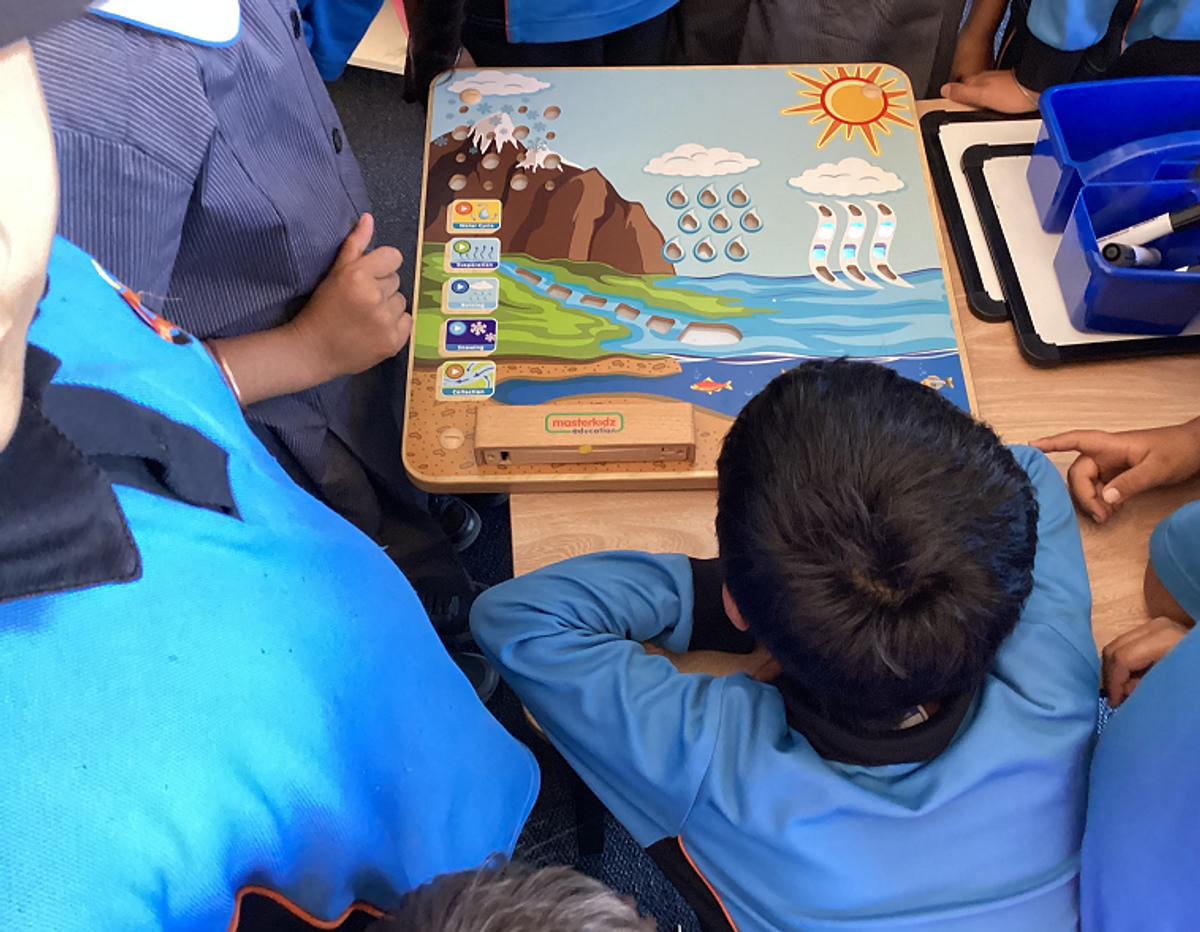

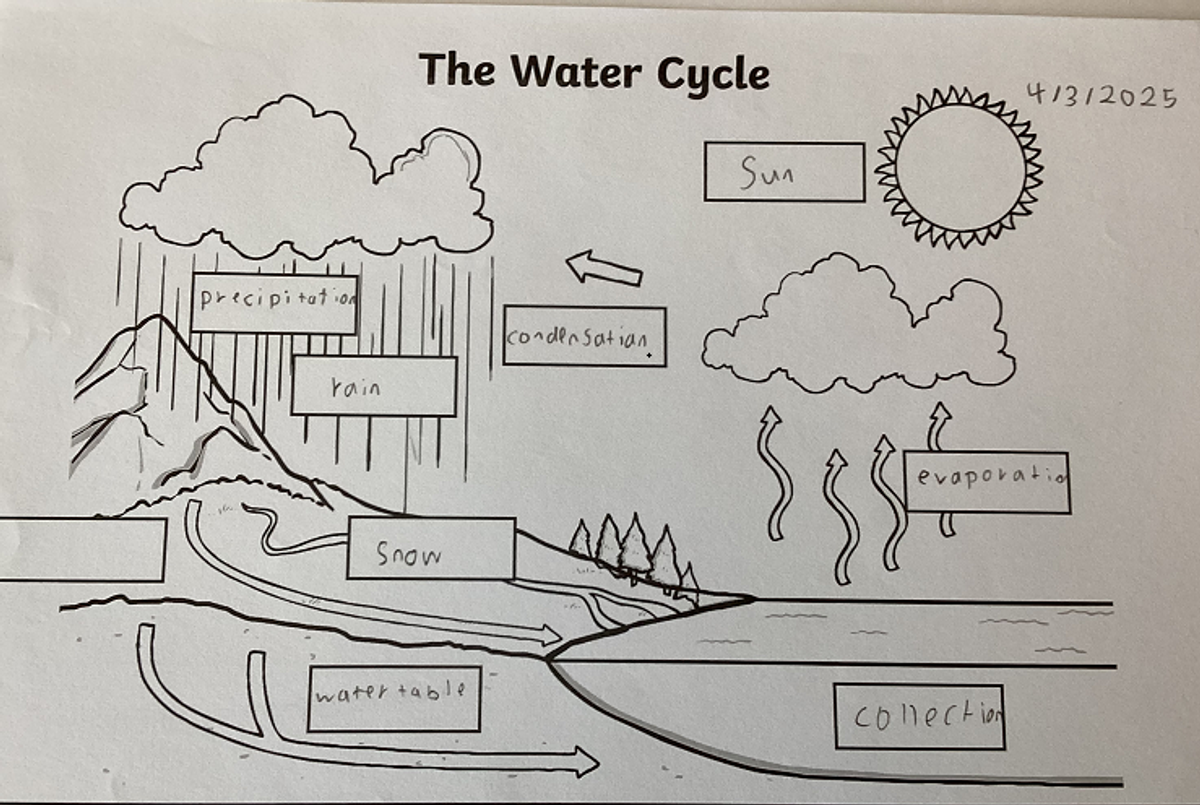

Effects of rotation and revolution: The Year 3 students explored the various impacts of Earth’s tilt, rotation and revolution around the Sun. Students inquired and predicted to engage in deep discussions and investigations. Students visually displayed their learning by drawing labelled diagrams and written explanations to explain how Earth has day and night, our four sessions, ocean currents, and tides. Students also explored the importance of our Moon and its impact on our life on Earth.
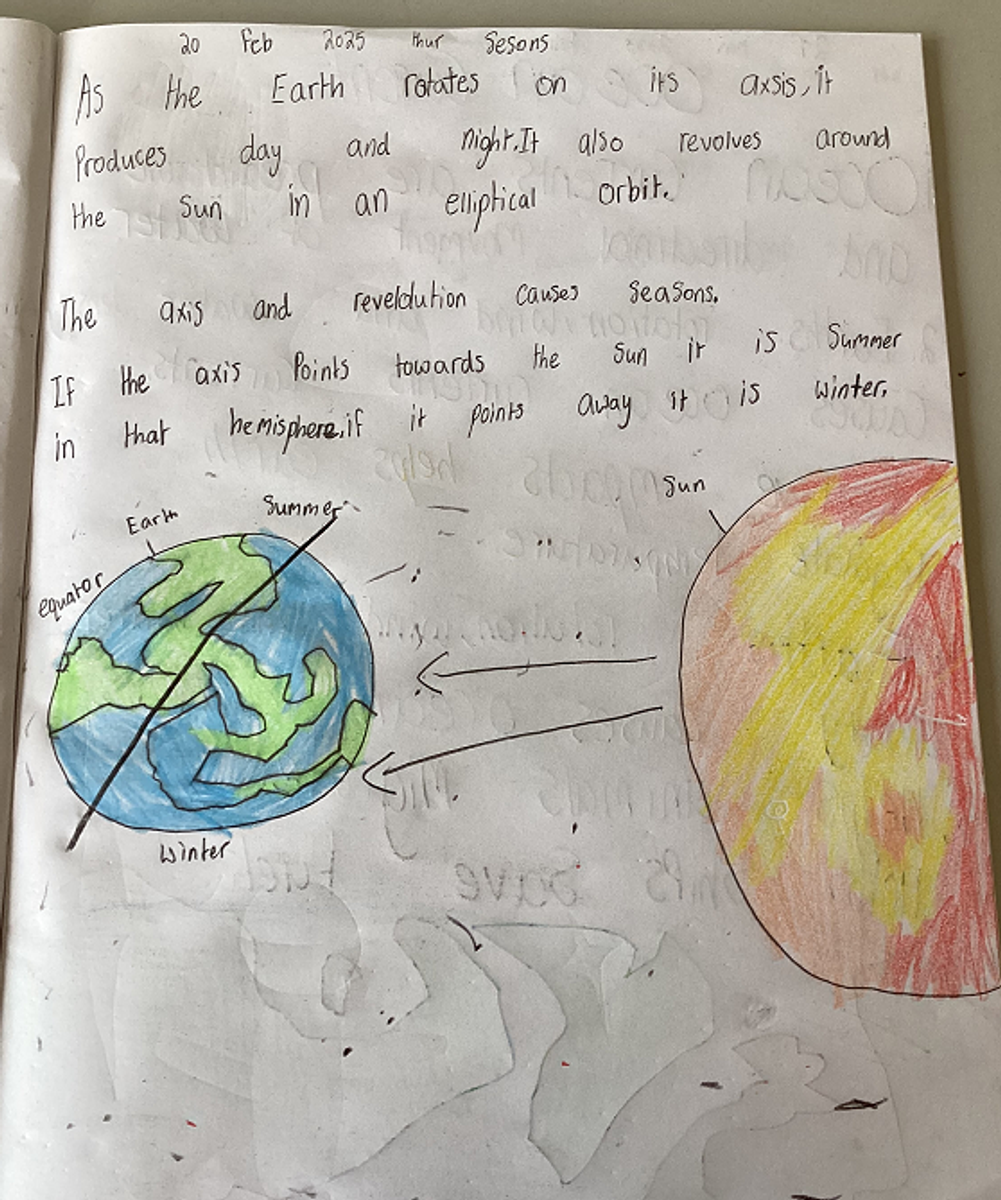

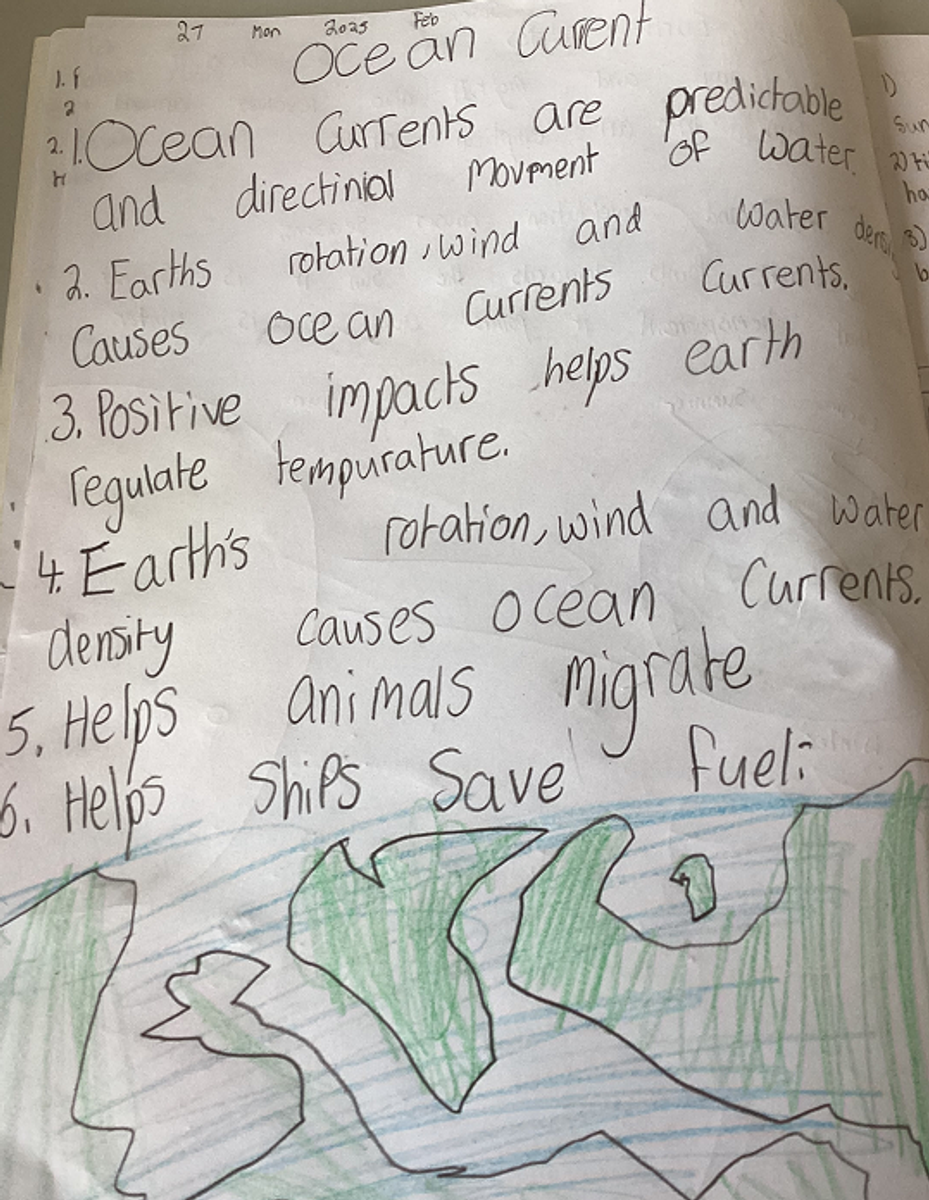

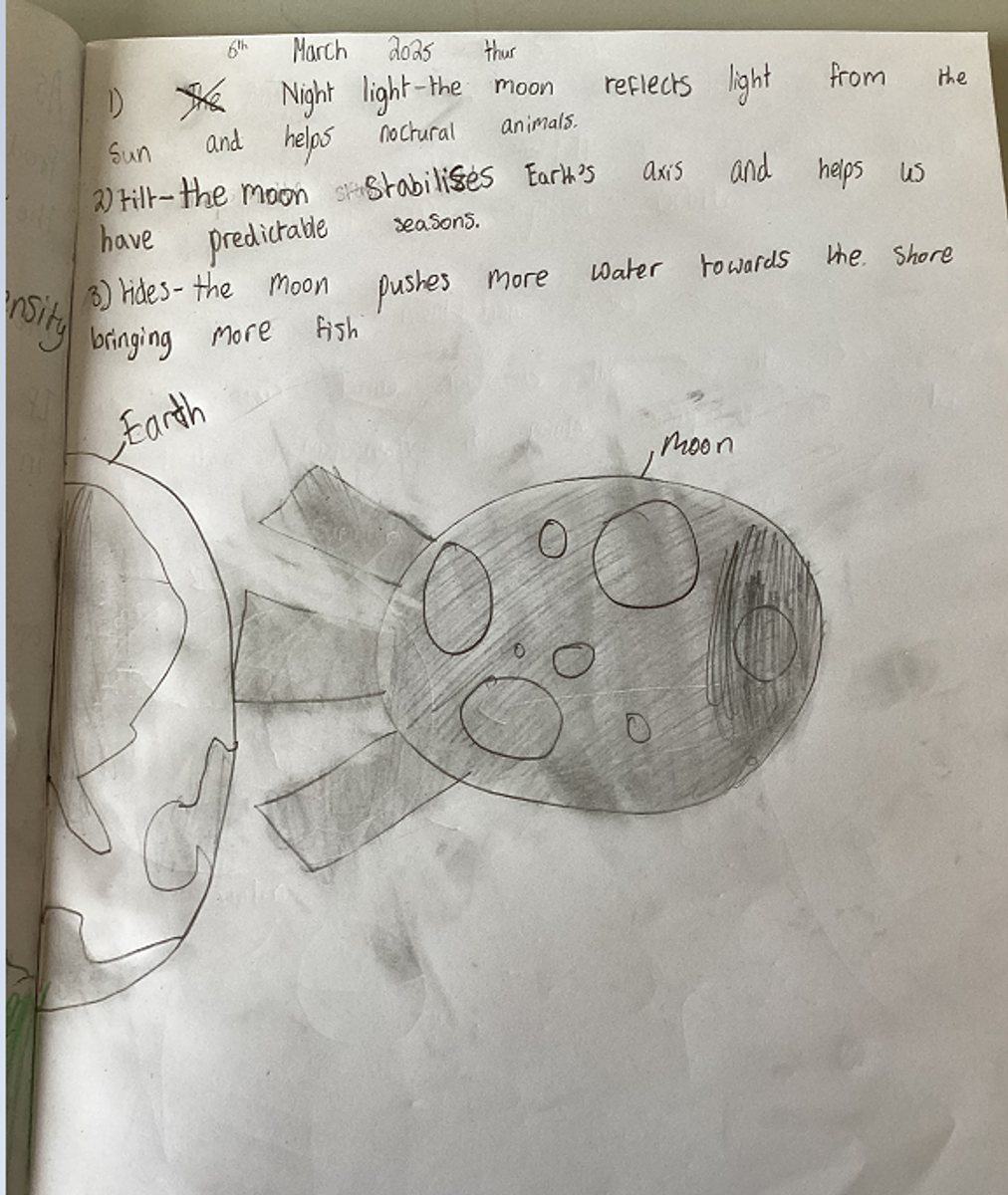

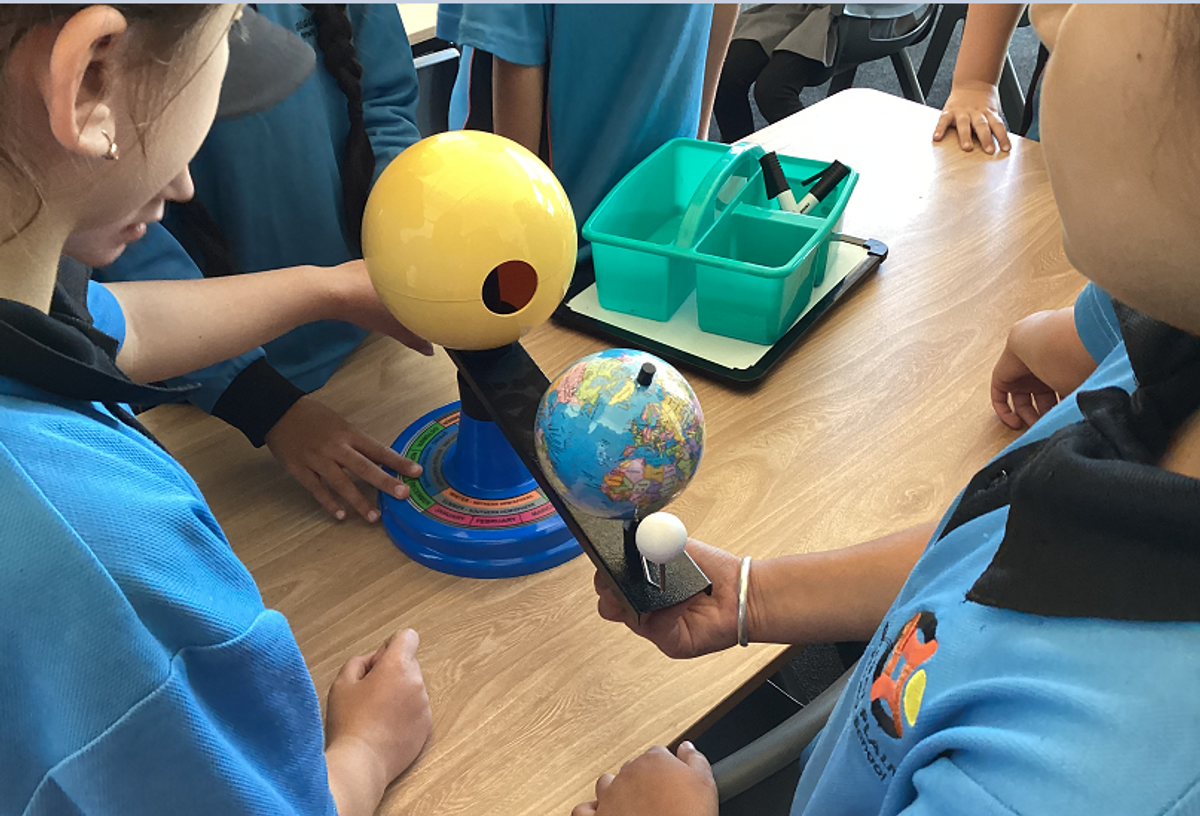

Weathering, Erosion and Deposition: The year 4 students learnt to define and explore a range of examples of weathering, erosion and deposition on Earth. Through questioning, predicting, videos, diagrams, photos and discussions, students discovered how these slow processes in nature positively and negatively affects our land and daily life. Students were challenged to verbally explain their learning about weathering, erosion and deposition to others to further consolidate their understanding.


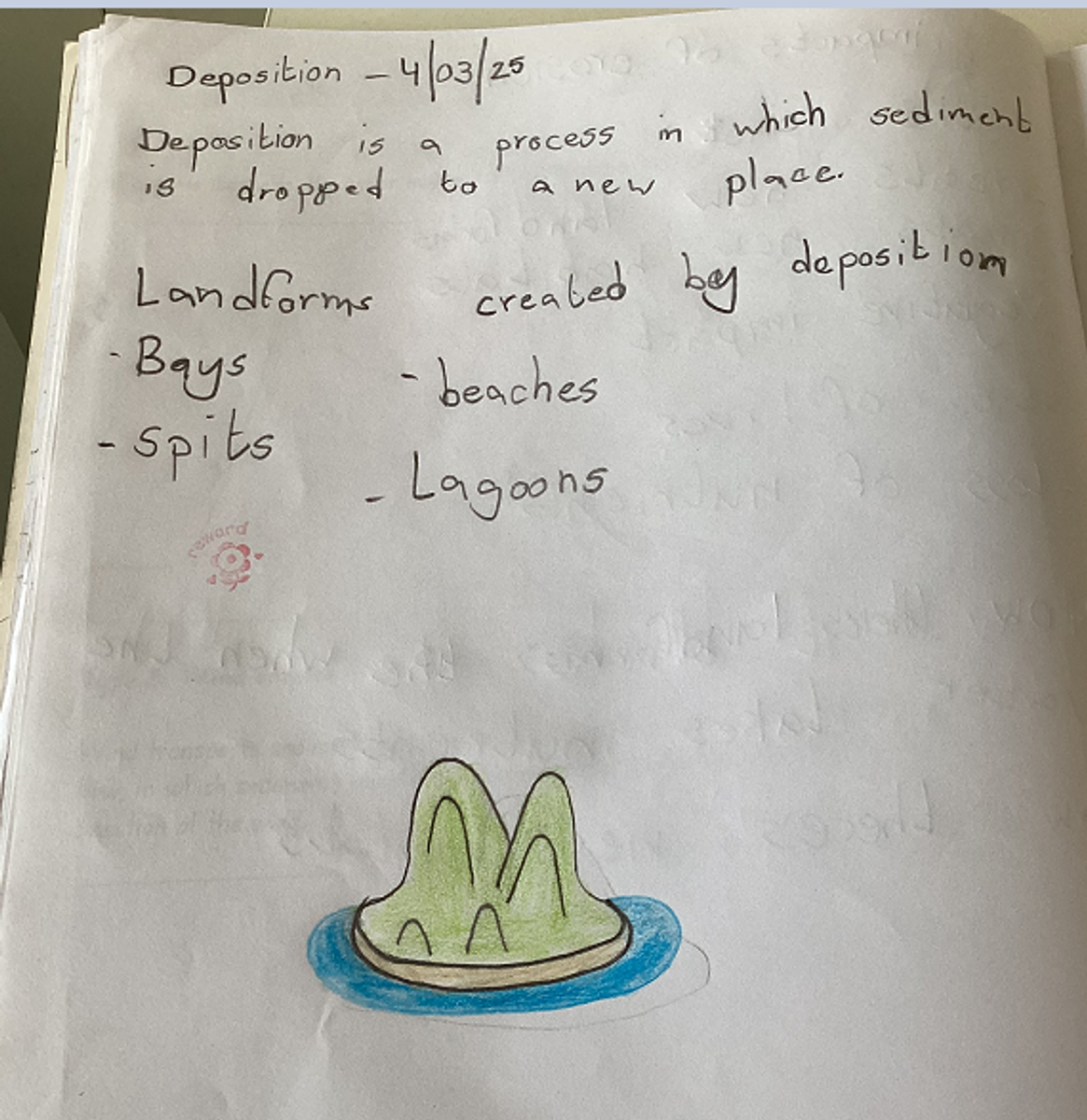

The Solar system: This month the year 5 students learnt about the Terrestrial and Jovian planets, their properties, asteroids and the reasons behind habitability of Earth. Applying this knowledge, they will choose a component of the solar system and create a poster outlining its facts, and statistics that have been discovered by scientists so far. Students will work in groups for this task utilising each other’s strengths to research, write and draw about their chosen component of the solar system.
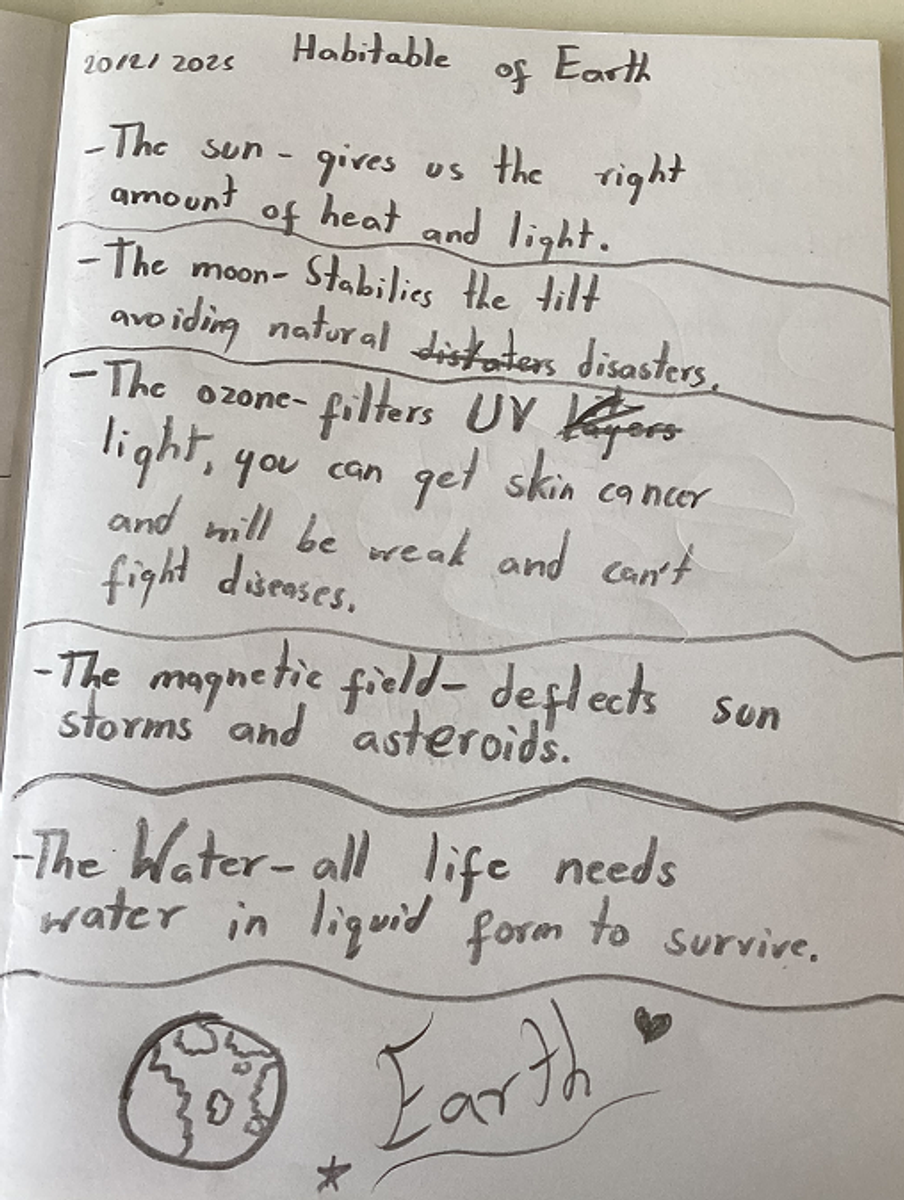

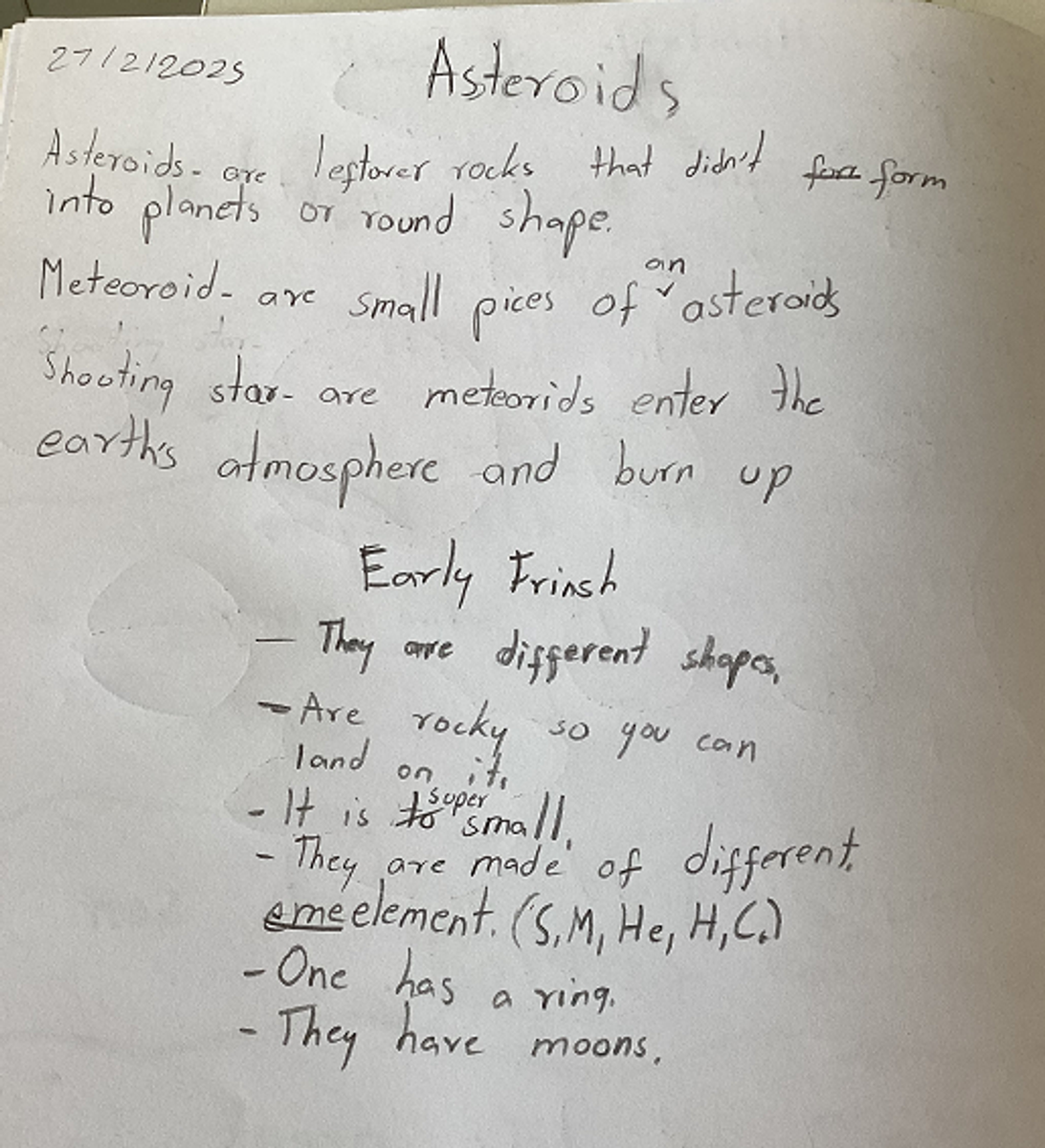

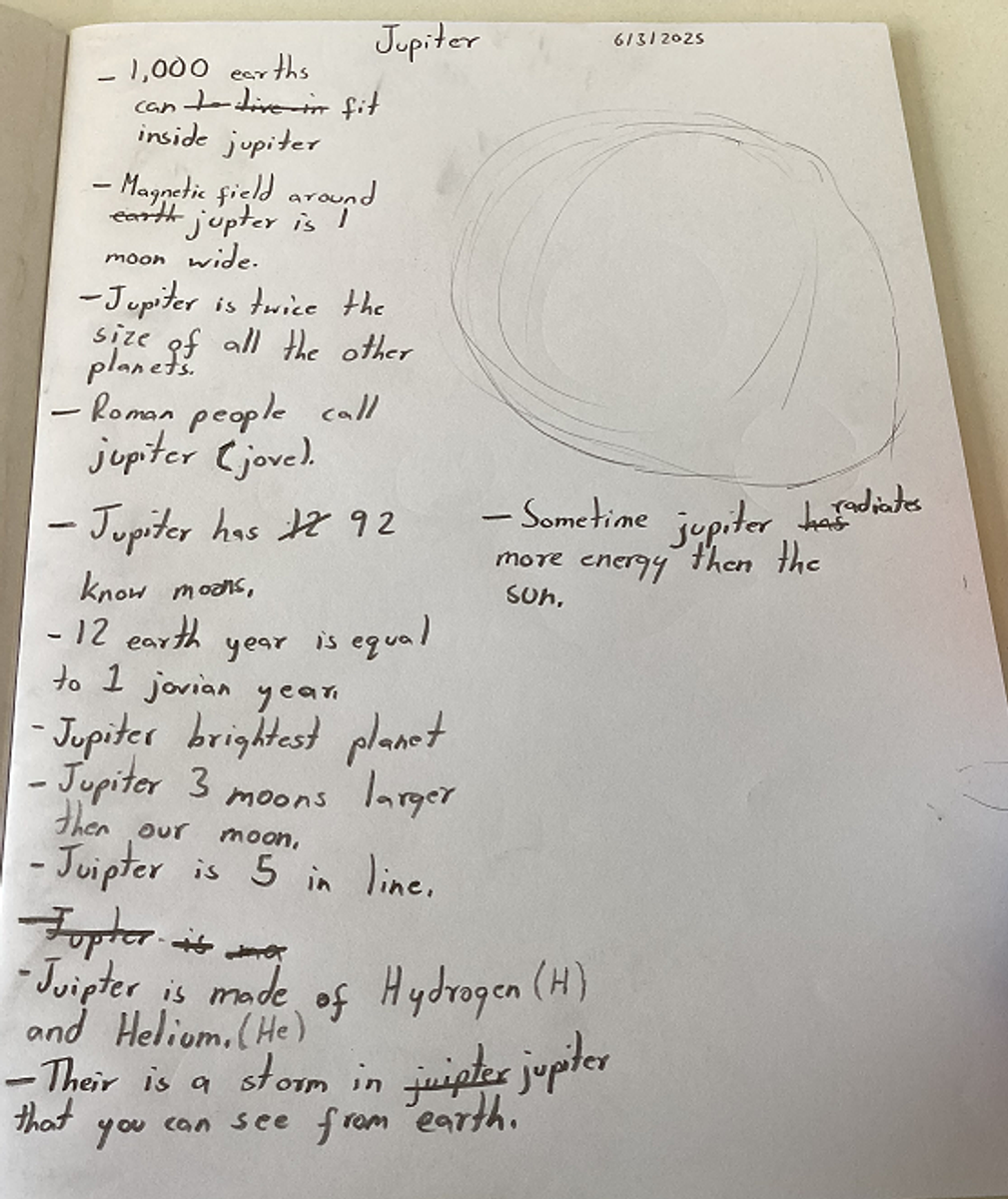

Natural disasters: This month the students explored the two major natural disasters that affect Victoria and its neighbours: Bushfire and cyclones. The students were explicitly taught the causes, effects and survival methods of tackling these two disasters. Applying this knowledge, students will choose a natural disaster and create a poster about its causes, impacts and survival tips. Students will work in groups for this task utilising each other’s strengths to research, write and draw about their chosen disaster.
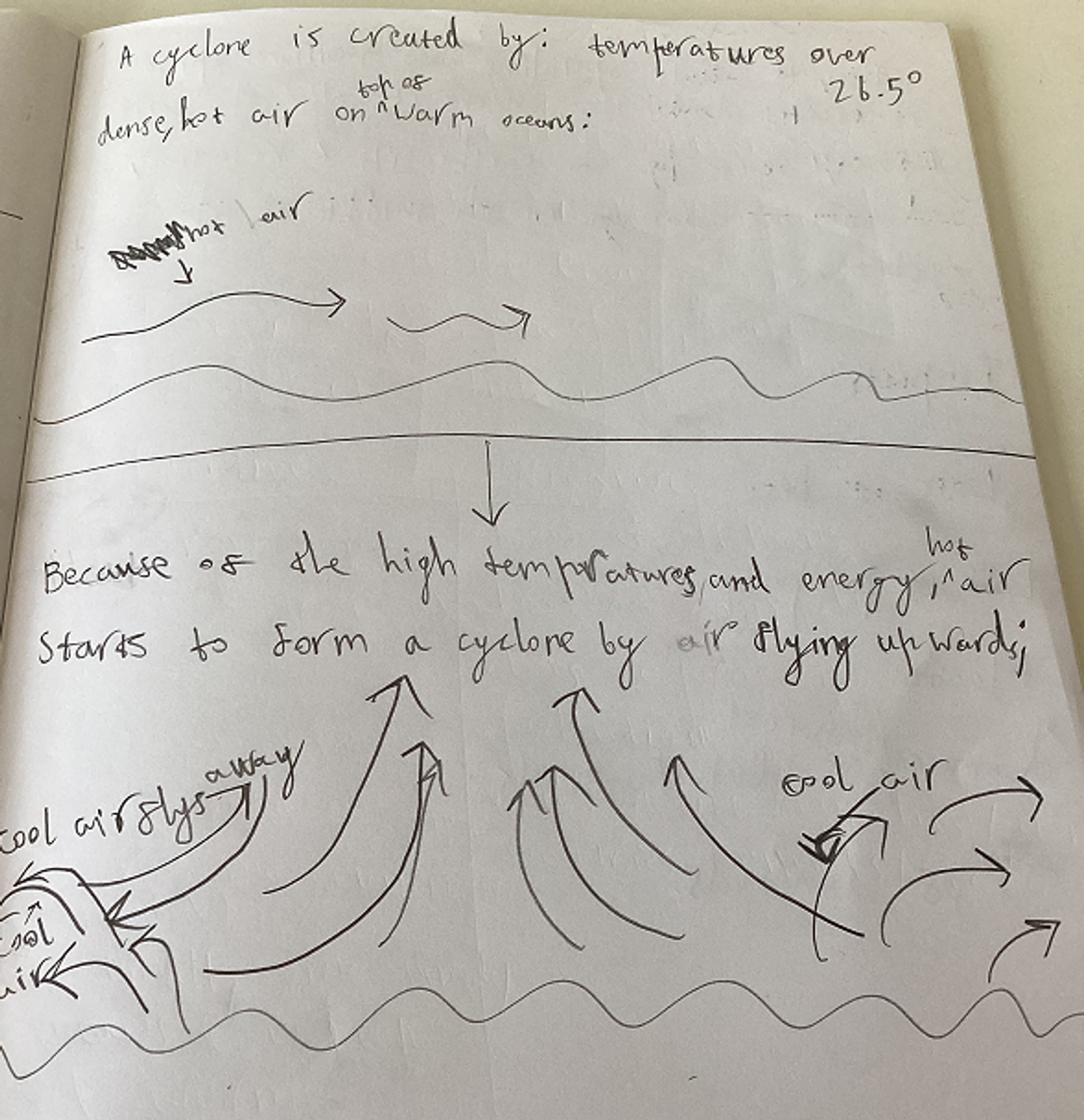

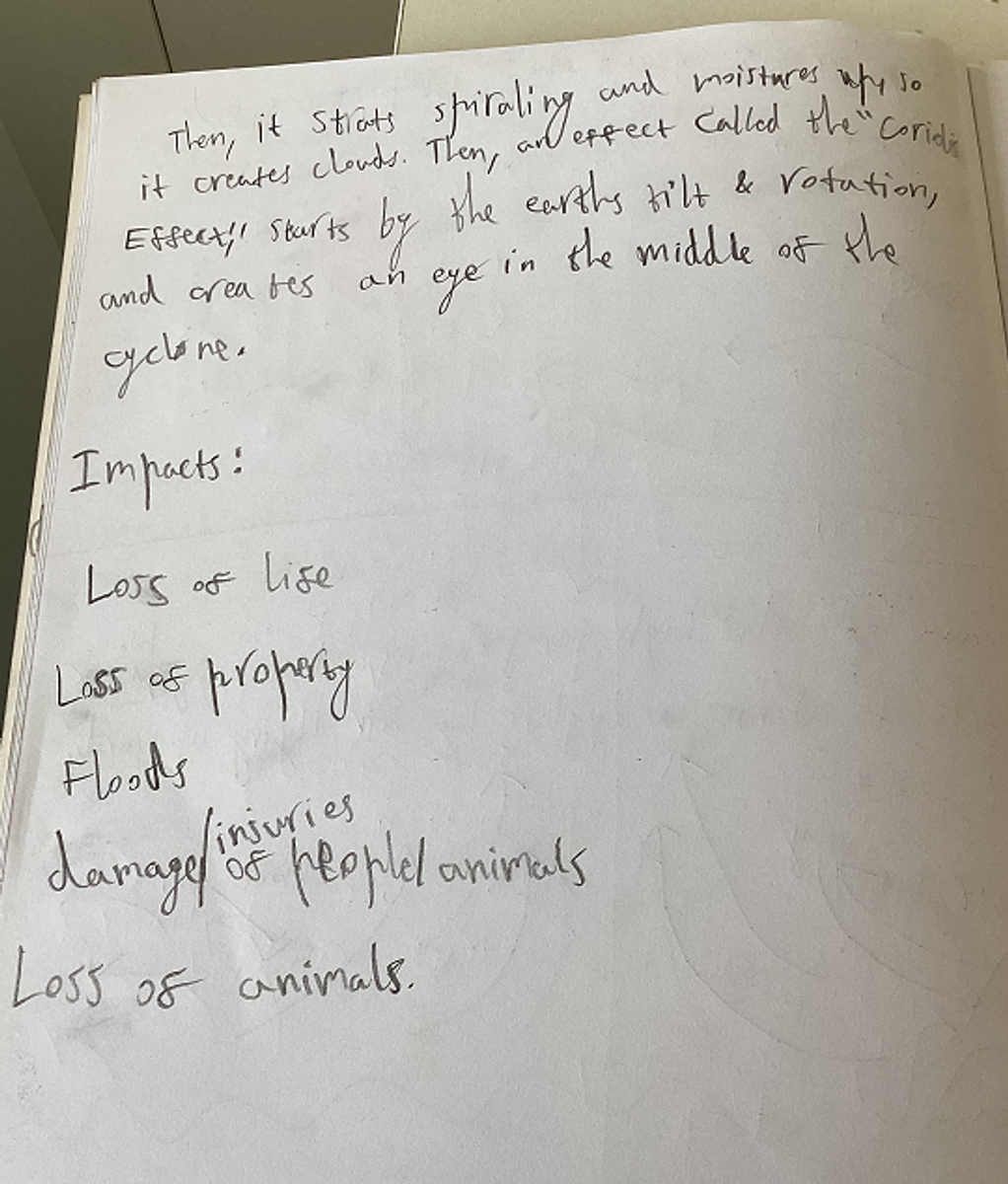

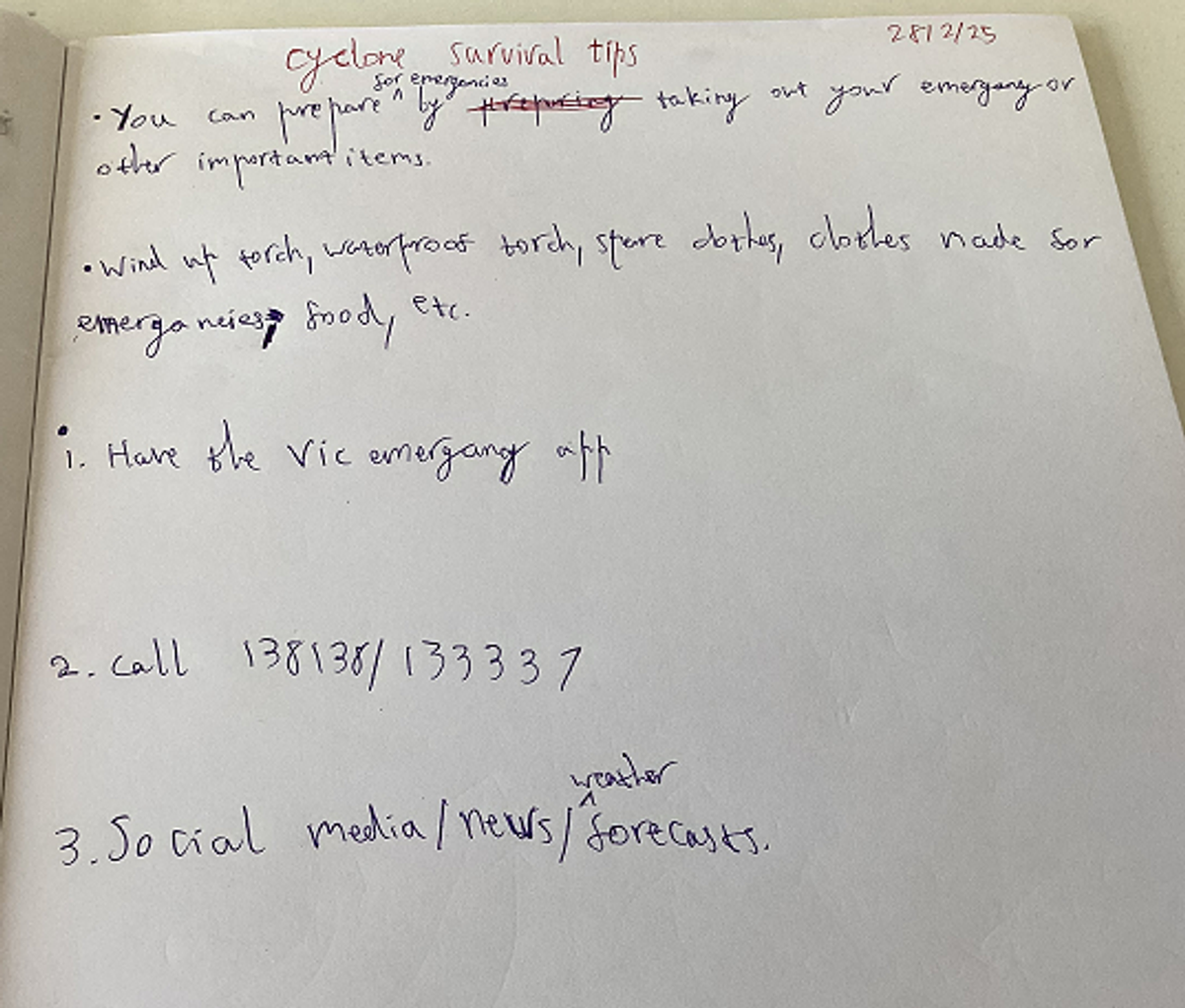

We are looking forward to another rewarding year of learning,
Mrs. Kini & Miss N